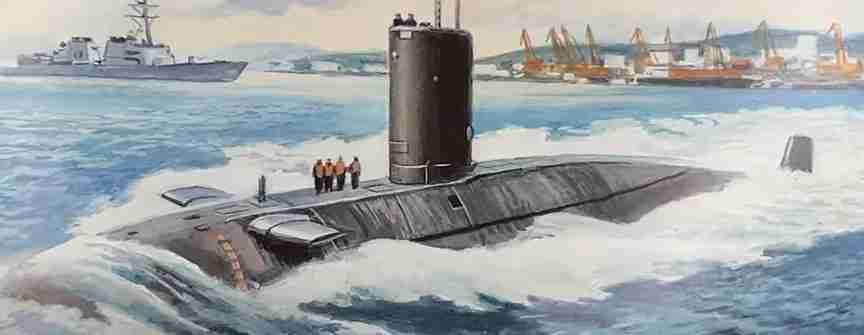Modeling submarines is a fascinating hobby that combines history, science, and creativity. Creating a miniature replica of a real submarine requires patience, precision, and attention to detail. Such models can serve not only as interior decoration but also as a teaching aid, demonstrating engineering achievements and historical events.
History and development
Modeling submarines as a hobby began in the mid-20th century as military technology became more accessible to the general public. At first, the models were quite simple, but over time manufacturers began to produce more detailed and accurate kits. Nowadays, there is a huge variety of submarine models from different eras and countries, from the first primitive submarines to modern nuclear giants.
Model selection
The choice of submarine model depends on the interests and level of training of the modeler. Beginners should pay attention to simpler models that do not require a large number of parts and complex assembly techniques. More experienced modelers may choose complex and detailed kits that include many small parts and require a variety of painting and assembly techniques.
Materials and tools
To create a submarine model you will need various materials and tools. The standard kit includes plastic or resin parts, glue, paints, brushes, and a modeling knife. More advanced modelers can use airbrushes for more precise painting, as well as various sanding and polishing tools to improve the surface of the model.
Assembly technique
The process of assembling a submarine model begins with the preparation of parts: they must be carefully separated from the sprues and processed to remove burrs and irregularities. Then the parts are glued together according to the instructions. At this stage, it is important to follow the manufacturer's recommendations and check each part for compliance.
Painting is one of the most important stages, giving the model a realistic look. Primer is often used to ensure better adhesion of paint to the surface. The base colors are then applied, followed by details and effects such as aging, scuff marks, and rust, making the model more realistic.
Completion and demonstration
The finished submarine model can be mounted on a stand or in a special display case to protect it from dust and damage. Many modelers also create dioramas that reproduce scenes of underwater warfare or peaceful navigation. Such compositions may include water, underwater landscapes, and other ships.
For those who are interested in submarine modeling or just want to start this exciting hobby, I highly recommend visiting the website https://plastic-models-store.com/, where you can find a wide range of submarine models from different eras and countries, as well as different brands. This resource ranges from simple kits for beginners to complex, detailed models for experienced modelers. By the way, I recently assembled such a model of HMS Conqueror!


